Electrofishing
Electrofishing
Electrofishing is a method used in fisheries management and research to sample fish populations in bodies of water. It involves using an electric current to temporarily stun fish, making them easier to capture and study.
The process typically involves a specialized boat or handheld equipment that delivers an electrical current into the water. The electric current temporarily immobilizes the fish, causing them to float to the surface where they can be collected, measured, weighed, and studied. After a short period, the stunned fish recover and swim away unharmed.
While electrofishing your pond, our biologists also conduct a baseline water quality quality assessment. Clients can also select other services, including a dam/outlet inspection, nutrient level testing, algae/plankton identification and lake mapping. A detailed report summarizing all of the data with recommendations for future management is sent to the client upon survey completion.
Watch this video for an up close look at electrofishing with AES.
https://www.youtube.com/watch?v=MHu2rC17ieY
Why Electrofish?
Electrofishing serves 3 main areas.
- Fish population assessment including the health, size and weight
- Selective harvest/predator control
- Stocking Recommendations
Fish Population Assessment/Survey
Electrofishing is the most effective method of sampling fish populations in ponds and provides valuable insight into what fish your pond holds and how healthy those fish are.
Our state-of-the-art electrofishing boat performs the survey, enabling us to safely sample the fish population. After completing the survey, we measure all fish, and assess the health condition of largemouth bass by weighing them
Depending on the package selected and goals of the client, largemouth bass can be tagged,
aged, and/or swabbed for DNA to look into their genetic make-up. After all of the data is
collected, fish are safely released back into the pond.
Selective Harvest/Undesirable Species Control
We highly recommend harvesting (removing) all underperforming predators as well undesirable
species during our surveys.
Harvesting fish via hook and line is a valuable tool but it can be biased to more aggressive fish
whereas electrofishing is unbiased. Removal helps prevent overcrowding, competition for
resources, and stunted growth among fish.
Stocking Recommendations
Understanding the current fish population and the health of the fish are some of the keys to
developing a fish stocking plan, to help you achieve your pond’s goals.
Importance of Electrofishing
The importance of an electrofishing survey is for both the client and our biologists to get a
“snapshot” of what their pond’s fish populations look like. This allows us to provide a client with
recommendations for fish stocking, harvest, and other fish management needs. Without having
an electrofishing survey performed on your lake, it is very difficult to determine the most
effective and streamlined path to achieving a client’s pond goals.
Fall vs Spring Electrofishing
As you are reading this, you may be asking yourself: “Why wouldn’t I wait to have an
electrofishing survey done in the spring? Is there a difference?”
Fall electrofishing surveys differ from spring surveys due to the biological variations occurring
between the two seasons. The main difference between the spring and fall in ponds is that fish
spawn in the spring.
Surveys conducted during the spring don’t present the opportunity to observe that year’s spawn
success with those young-of-year fish being too small or unhatched. That is why the main
benefit of a fall survey is that our electrofishing boat will be able to sample fish reproduction
from the previous spring.
Our biologists can assess the success of each species' spawning and decide whether to adjust
harvest recommendations based on these findings.
During the spawn, the presence or absence of eggs slightly influences the weights of
largemouth bass, potentially skewing our data. In the fall, removing this variable enables our
biologists to observe more consistent weights and conditions within the bass population.
Summary
For a comprehensive understanding of your pond and professional guidance on its
management, reach out to Aquatic Environmental Services today.

